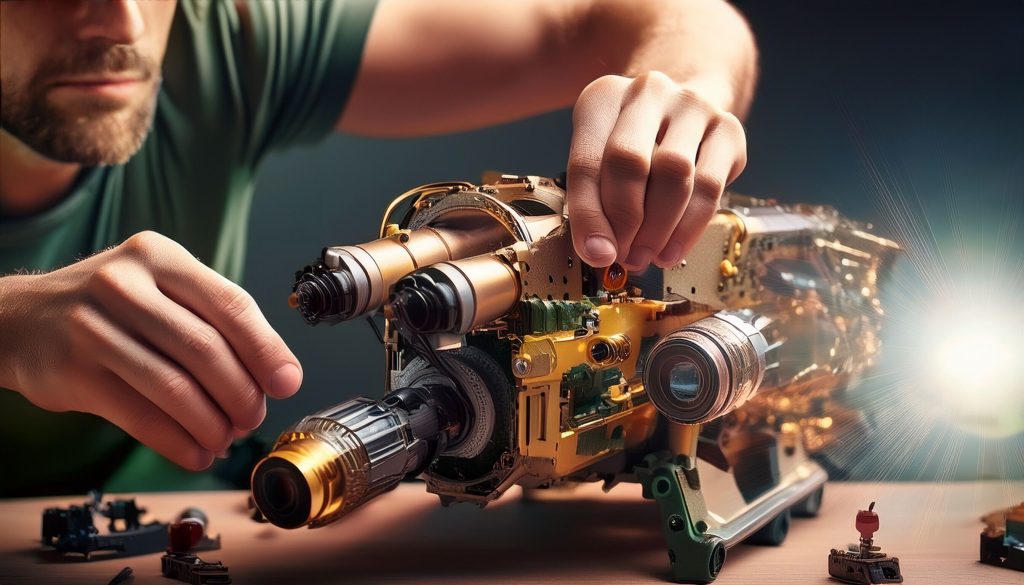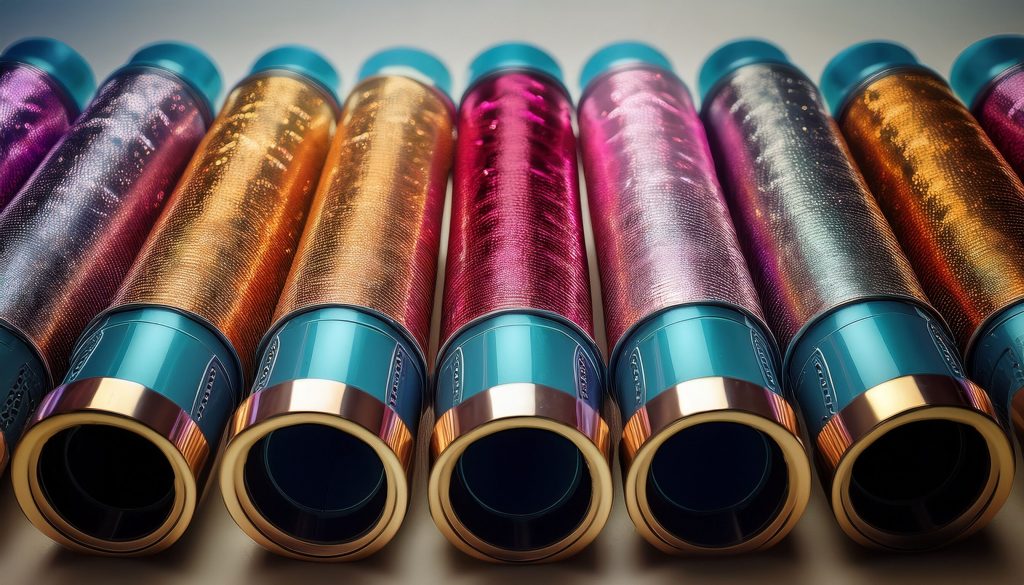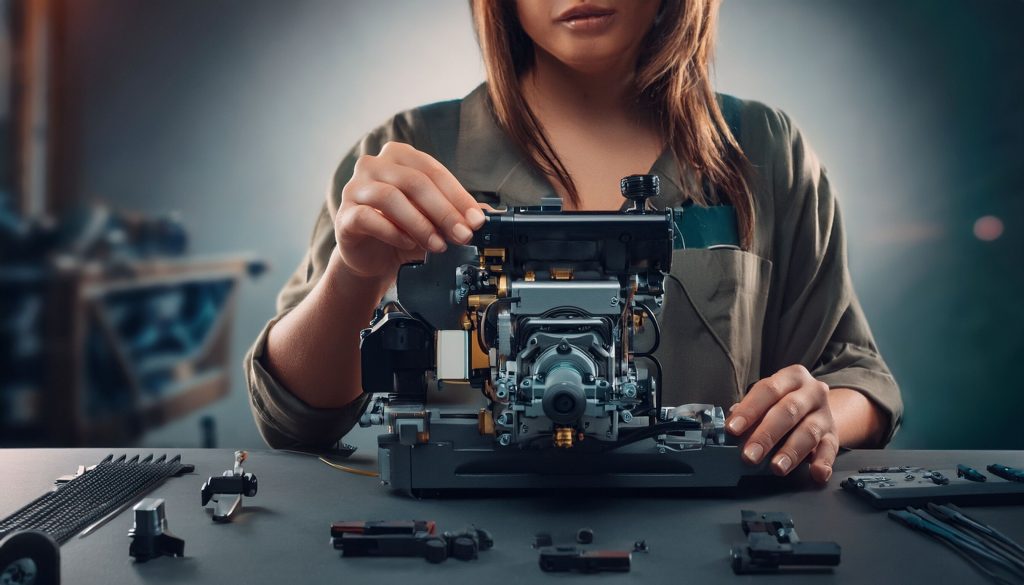For product developers and startup founders, the clock is always ticking. Whether the goal is to land funding, validate a product on Amazon, or launch a Kickstarter campaign, speed is everything. That’s where rapid prototyping steps in.
Forget the long development cycles, bloated budgets, and overseas manufacturing delays. Rapid prototyping offers a smarter, faster way to turn your idea into a working product—without betting the farm.
What Is Rapid Prototyping?
Rapid prototyping is the fast-track process of turning a product concept into a functional, testable prototype using digital design tools and advanced fabrication techniques—most often 3D printing, CNC machining, or silicone molding.
Rather than waiting months for traditional manufacturing, product developers can get a working version of their idea in days. This accelerates validation, improves iteration, and cuts early-stage risk.
Common Rapid Prototyping Techniques
- 3D Printing—Ideal for quick and cost-effective plastic or resin parts
- CNC Machining—Great for higher precision metal or plastic components
- Vacuum Casting / Silicone Molding—Useful for short runs and soft-touch products
- Laser Cutting / Sheet Metal Prototyping—For flat parts or enclosures

Why Rapid Prototyping Matters for Founders
Speed isn’t just a convenience—it’s a competitive edge. If you’re building a product under startup conditions, you can’t afford to wait 3–6 months or spend $10,000+ just to see if your idea works.
The Benefits of Rapid Prototyping
- Fast Validation – Launch test campaigns with a real product in hand.
- Early Feedback – Catch design flaws or usability issues before full production.
- Lower Costs – No need to commit to 500+ units just to test demand.
- Iterative Development – Make changes between prototypes based on real feedback.
- Investor Readiness – Demonstrate traction with a tangible product, not just slides.
This is especially important for lean inventors selling on Amazon or launching on Kickstarter, where customer reviews, speed to market, and first impressions make or break success.
Who Uses Rapid Prototyping?
From solo founders to product teams, rapid prototyping is a critical tool for anyone building physical products in fast-moving markets. Most commonly:
- eCommerce entrepreneurs launching their first hardware product
- Consumer electronics and IoT startups
- Designers testing market fit for lifestyle or novelty items
- Small teams preparing to pitch VCs or apply to accelerators
How the Process Works
At PrototyperLab, the entire prototyping pipeline is designed for speed, clarity, and cost-efficiency—tailored specifically for startup-minded builders.
Step-by-Step Breakdown
1. Consultation
- Define product specs, user needs, and key features.
- Align on materials, form factor, timeline, and initial goals.
2. Quote
- Transparent pricing at $25/hour + materials
- No upfront payment until the quote is approved
3. Design and Research
- Market and patent research to protect IP
- CAD drawings and functional design proposals
4. Build, Test, Refine
- 3D printed or molded prototype within 7 days
- Functional testing + feedback loop
- Iterative improvements for performance, form, or cost
5. Small Batch Production
- As few as 20 units are shipped from Vietnam to the US or Europe
- Ideal for soft launches, pilot tests, or early backers
6. Logistics and Scale-Up
- Final QA, packaging, and shipping support
- Guidance for scaling to full manufacturing when ready

Why It Beats Traditional Manufacturing
Old-school manufacturers often come with minimum order quantities (MOQs) in the hundreds or thousands—bad news if you’re just trying to test a concept. Rapid prototyping services like PrototyperLab flip that model:
| Traditional Manufacturing | PrototyperLab Rapid Prototyping |
| MOQs of 500+ units | As few as 20 units |
| 2–6 month turnaround | Prototype in 7 days |
| High upfront investment | Transparent $25/hour pricing |
| Overseas communication delays | Direct access to U.S.-based engineers |
This makes it perfect for developers in the idea-to-MVP phase who need tangible progress without long-term lock-in.
When to Use Rapid Prototyping
- Early Ideation: Bring rough sketches to life quickly for early testing.
- Investor Pitches: Show, don’t tell—demonstrate a real working concept.
- Pre-Launch Testing: Gather feedback from early adopters or pilot customers.
- Ecommerce Market Validation: Test demand on platforms like Amazon, Etsy, or Kickstarter with just 20–50 units.
Choosing the Right Rapid Prototyping Service
Not all rapid prototyping partners are created equal. Founders should look for:
- Transparent Pricing—Avoid vague quotes and hidden costs
- Fast Turnaround—7 days or less is the benchmark
Small Batch Capabilities—Under 100 units should be doable - Clear Communication—Direct access to engineers, not middlemen
- U.S. Legal Protection—Especially important when working with overseas production
PrototyperLab Delivers On All Fronts
- Prototype in 7 Days
- As Few as 20 Units for Production
- $25/hour Transparent Engineering Rate
- U.S. Contracts with Vietnam Production Cost Advantages
This hybrid model is designed for exactly the kind of founder who says: “I just need a working prototype without blowing $10K.”

Rapid Prototyping is the Future
Rapid prototyping isn’t just a development shortcut—it’s a strategic advantage. It gives founders the ability to move fast, test affordably, and build confidently without overextending cost or timeline.
Whether you’re validating a kitchen gadget, a smart pet device, or the next big DTC product, your journey starts with one critical step: turning the idea into something real.
Start your quote with PrototyperLab today and bring your product to life—fast, affordably, and with confidence.

